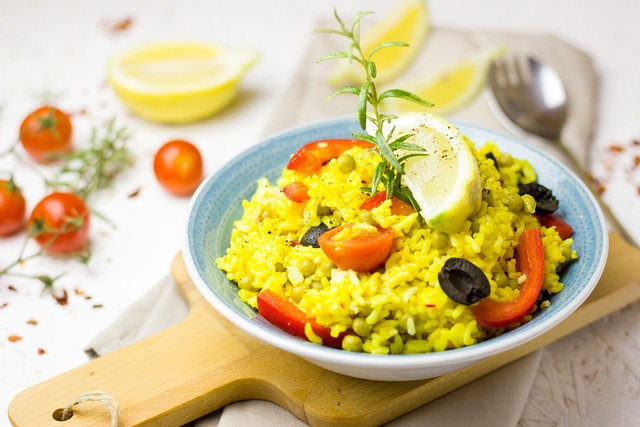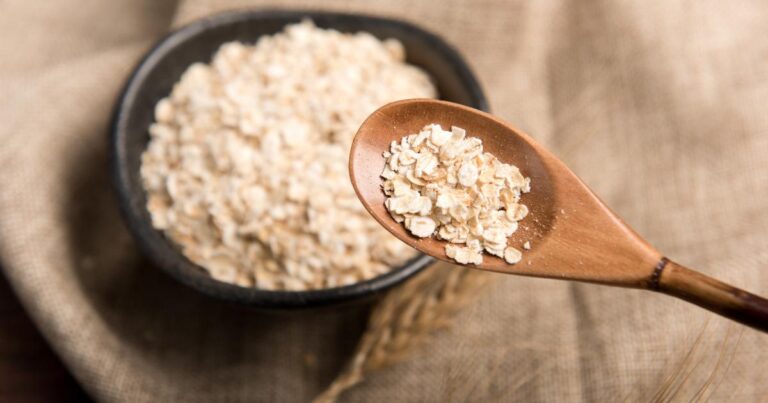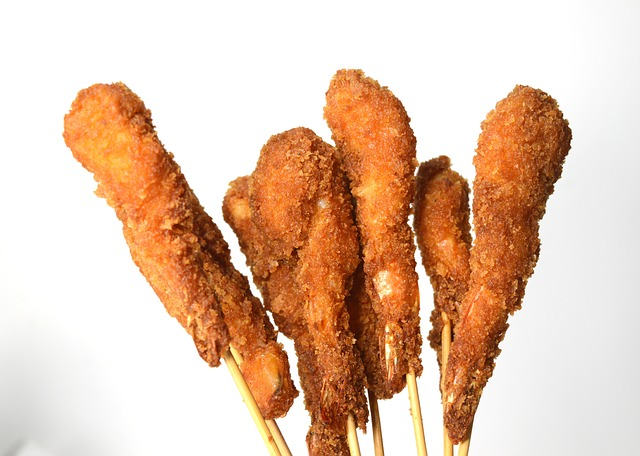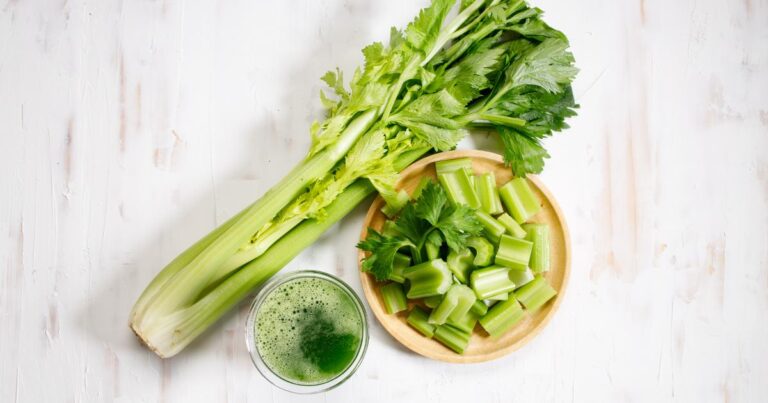Is Yellow Rice Good For You or Harmful? The No-Nonsense Guide
Can Something so delicious and basic as yellow rice be harmful to your health? Discover the Golden Secret to a Wholesome Diet: Unraveling the Nutritional Magic of Yellow Rice
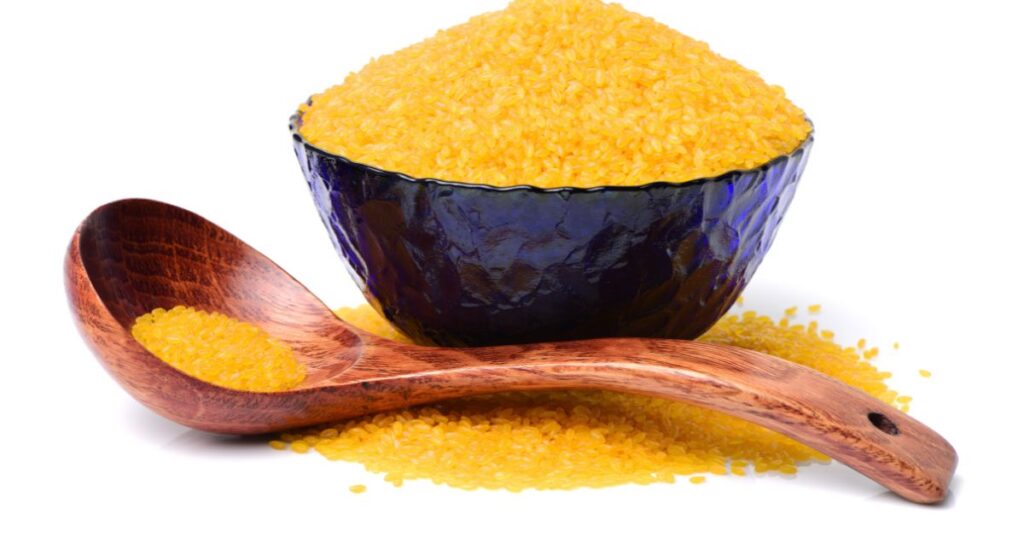
Let’s jump right into the delightful world of yellow rice and discover if this vibrant and aromatic dish can be a healthy addition to your menu.
From the wonders of turmeric to tantalizing recipe ideas, this article will change how you look at yellow rice. Is Yellow Rice Healthy?
Regarding the world of food, few dishes captivate the senses, like yellow rice.
A vibrant, aromatic, and exotic delicacy, this vibrant dish is a feast for the eyes and a celebration of flavors that dance on your taste buds.

But the big question lingers: Is yellow Rice Healthy? Can a dish so rich in color and taste be a part of a nutritious, balanced diet?
In this exciting culinary journey, we will unravel the secrets behind yellow rice, exploring its ingredients, nutritional benefits, and how you can enjoy it while maintaining a healthy lifestyle.
Maintaining a Balanced diet can be a hard road to navigate and there are tools and guides to help you learn more. Break down the basics of a balanced diet with courses and other great online resources

Imagine a plate filled with a sea of golden grains, each kernel infused with the warmth of turmeric, fragrant spices, and perhaps a few surprises like vegetables and proteins.
Yellow rice is more than just a side dish; it’s a canvas of culinary artistry, an experience that transcends the mundane.
But how can you indulge in this vibrant feast while keeping health at the forefront of your choices? Our voyage will guide you through the answers: Is Yellow Rice Healthy for You?
The Golden Hue of Turmeric

At the heart of yellow rice’s brilliance is the dazzling turmeric, a spice cherished for centuries for its vivid color and potential health benefits. Turmeric contains curcumin, a natural compound known for its anti-inflammatory and antioxidant properties.
This compound is believed to offer various health advantages, making it a star player in culinary wellness.
Turmeric and Curcumin:
Curcumin’s anti-inflammatory properties have garnered attention for their potential role in reducing the risk of chronic diseases, including heart disease, cancer, and neurodegenerative conditions.
It’s worth noting that the concentration of curcumin in turmeric is relatively low, so consuming turmeric alone might not provide all the benefits associated with curcumin supplements. However, incorporating turmeric into your diet through dishes like yellow rice can still offer health perks.
A Cornucopia of Nutritional Elements
To determine whether yellow rice is healthy, it’s crucial to look at its nutritional components.
The primary ingredients are rice, turmeric, and various spices, but you can make your yellow rice healthier by adding vegetables and lean proteins. Let’s break down the nutritional elements:
1. Rice:
Yellow rice typically uses white rice, but you can choose a healthier version by choosing brown rice. Brown rice retains the bran layer, which contains essential nutrients and fiber that are stripped away in the processing of white rice. The result is a whole grain rice, with more vitamins, minerals, and dietary fiber.
2. Turmeric:
As discussed earlier, turmeric contains curcumin, which has potential health benefits. Additionally, turmeric is a good source of manganese and iron. Main Source of that bright yellow color
3. Spices:
The spices used in yellow rice, such as cumin, coriander, and cinnamon, can contribute to the dish’s flavor profile. While they might not significantly impact the dish’s nutritional value, they can enhance the taste without adding excessive calories.
4. Vegetables:
Including vegetables like peas, carrots, and bell peppers in your yellow rice can boost its nutritional content. These vegetables provide vitamins, minerals, and dietary fiber, adding a colorful and nutritious dimension to the dish.
5. Proteins:
You can make yellow rice a more substantial and balanced meal by adding lean proteins like chicken, shrimp, or tofu. Proteins are essential for muscle maintenance and growth and can help you feel fuller for longer.
Balancing Flavor and Nutrition
The secret to making yellow rice healthy is balancing its rich, flavorful components with nutritional elements. While the turmeric and spices offer potential health benefits, other aspects of the dish may need moderation.
For instance, the amount of oil or butter used for cooking can significantly affect the dish’s calorie and fat content. Choosing healthier cooking methods can make a difference, like steaming or sautéing with minimal oil.
Additionally, portion control is essential. A serving of yellow rice should be part of a well-rounded meal, complemented by vegetables and a source of lean protein. By creating this balance, you can enjoy the delightful taste of yellow rice without compromising your health goals.
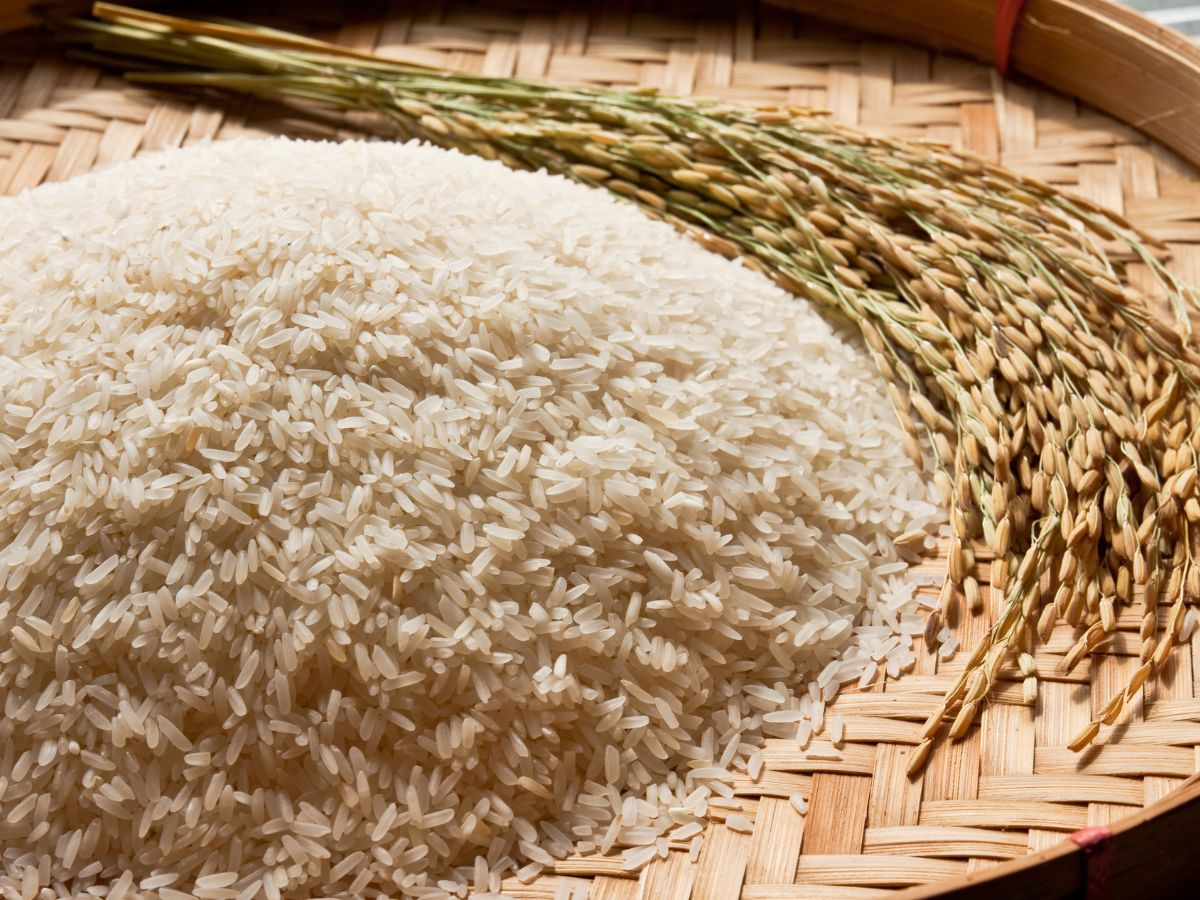
Beyond the Basics: Recipe Ideas
Now that we’ve established the potential health benefits of yellow rice and how to make it a nutritious choice, let’s explore some exciting recipe ideas to elevate your culinary experience:
1. Vegetable-Packed Yellow Rice:
Load your yellow rice with an array of colorful vegetables, such as bell peppers, peas, carrots, and broccoli. This not only increases the nutritional value but also adds a delightful medley of flavors and textures.
2. Turmeric and Shrimp Delight:
Create a seafood sensation by pairing your yellow rice with succulent, seasoned shrimp. The combination of turmeric, seafood, and spices is a culinary masterpiece.
3. Vegan Yellow Rice with Tofu:
For a plant-based alternative, use tofu as your protein source. Marinate and sauté the tofu with spices and turmeric for a delightful vegan yellow rice dish.
4. Herbed Yellow Rice:
Enhance the aroma and flavor of your yellow rice by adding fresh herbs such as cilantro, mint, or parsley. The herbs not only elevate the taste but also provide additional nutrients.
5. Yellow Rice Stuffed Peppers:
Transform your yellow rice into a visually stunning dish by stuffing bell peppers with a flavorful mixture of yellow rice, vegetables, and protein. This dish is a perfect balance of taste and presentation.
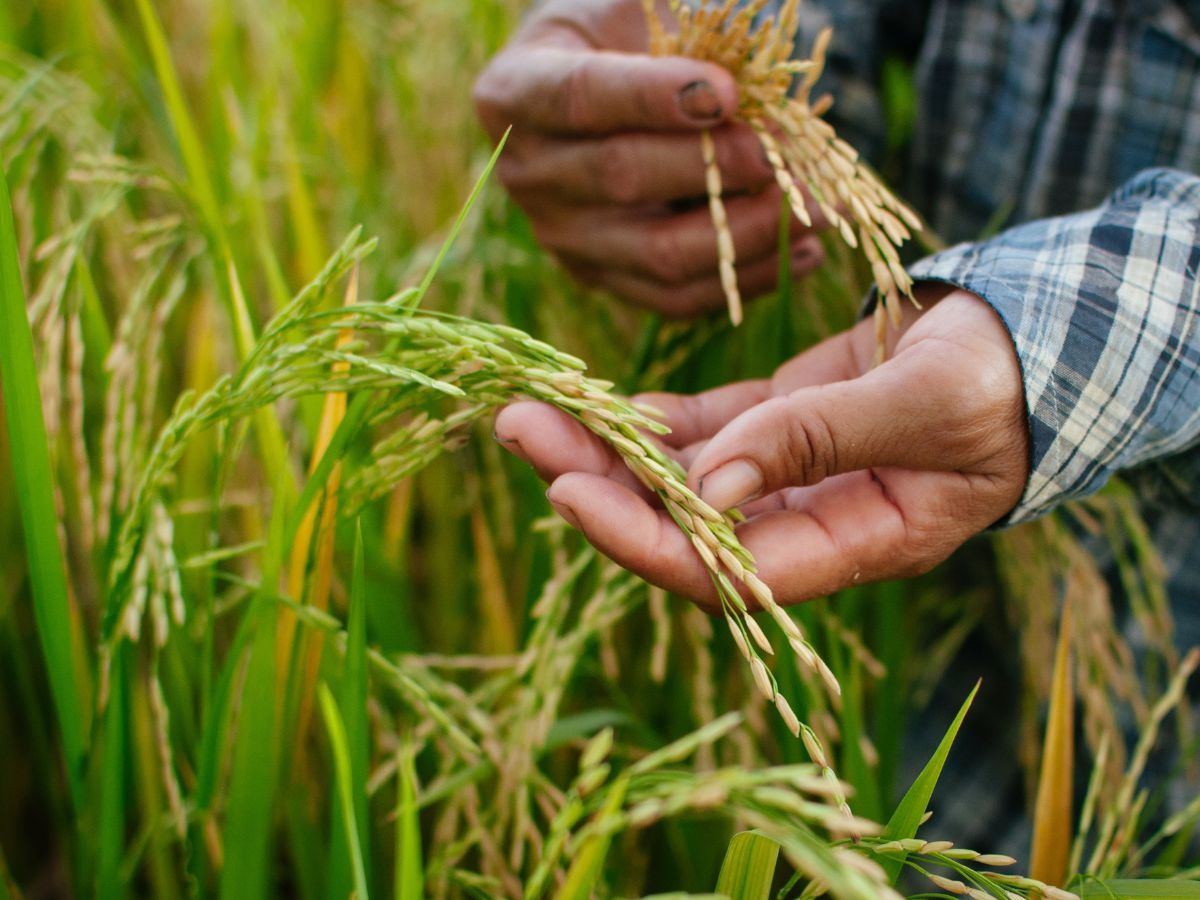
Yellow rice isn’t just a meal; it’s a journey through the vibrant world of culinary creativity.
Whether you prefer a classic recipe or innovative variations, the secret to enjoying yellow rice is to make it your own.
Add your favorite ingredients, play with spices and coconut milk, and savor the colors and aromas that dance on your plate.
▶ IS YELLOW RICE HEALTHY?
Yellow rice is a dish that gets a distinctive color from adding spices, particularly turmeric.
Whether yellow rice is healthy depends on the ingredients and preparation method used.
- Turmeric: Turmeric, the primary source of the yellow color in yellow rice, contains an active compound called curcumin, which is known for its potential health benefits, including anti-inflammatory and antioxidant properties.
- Rice: The rice used can affect the dish’s nutritional content. Brown rice is generally considered healthier than white rice because it contains more fiber and nutrients.
- Other ingredients: The overall healthiness of yellow rice depends on what other ingredients are added. Common additions include vegetables, herbs, and spices, which can provide additional nutritional value.
- Cooking method: The preparation method can also impact the healthiness of the dish. Cooking with excessive oil or butter can add unnecessary calories and unhealthy fats, while steaming or using minimal oil can make the dish healthier.
- Portion size: Like any food, portion size is crucial. Eating yellow rice in moderation as part of a balanced diet is a good practice.
- Accompaniments: What you eat with yellow rice can significantly affect your health. Pairing it with lean proteins, such as grilled chicken or fish, and various vegetables can create a well-balanced and nutritious meal.
Yellow rice can be a healthy dish, especially if it is prepared with whole grains, minimal added fats, and served with various vegetables and lean proteins.
However, it may not be as nutritious if it’s ready with unhealthy ingredients or served in large portions.
As with any food, it’s essential to consider the overall context of your diet and make choices that align with your health and nutrition goals.
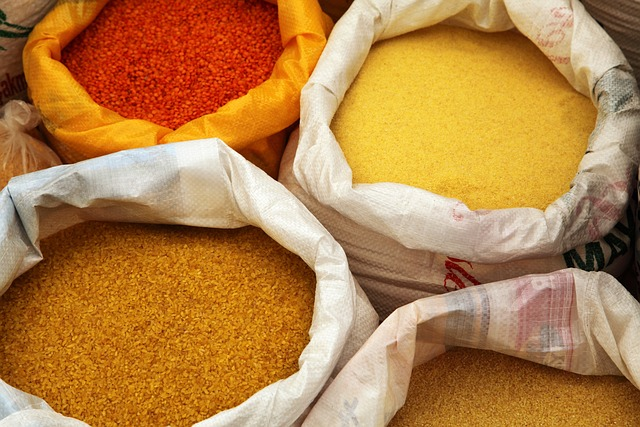
Conclusion: Unleash the Sunshine on Your Plate
The answer lies in the balance between its flavorful components and nutritional elements.
Yellow rice, infused with the golden hue of turmeric, offers potential health benefits, and its nutritional value can be enhanced by using brown rice, incorporating vegetables, and selecting lean protein sources.
By being mindful of cooking methods and portion sizes, you can enjoy this vibrant dish as part of a wholesome diet.
So, is yellow rice healthy? The answer is a resounding “yes” when you approach it with knowledge and creativity.
This iconic dish allows you to unlock the potential of turmeric’s health benefits while indulging your taste buds with a symphony of flavors.
Embrace the golden secret to a wholesome diet, and let yellow rice shine as a vibrant and delicious addition to your culinary repertoire.
FAQ and Additional:

What is the healthiest color Rice to eat?
The healthiest color of cooked rice largely depends on your dietary preferences, nutritional goals, and overall health considerations. Here are some popular types of rice and their potential health benefits:
1. Brown Rice: Cooked Brown rice is often considered one of the healthiest options. It’s a whole grain, which retains the bran layer, germ layers, and endosperm, offering more fiber, vitamins, minerals, and antioxidants than white rice. The fiber in brown rice aids in digestion and can help regulate blood sugar levels.
2. Red Rice: Red rice is another whole grain with a reddish hue due to its anthocyanin content. It contains more nutrients and fiber than white rice, making it a healthier choice. Red rice is also believed to have potential heart health benefits.
3. Black Rice: Black rice, also known as forbidden rice, is rich in antioxidants b vitamins, particularly anthocyanins. It’s one of the healthiest rice varieties due to its potential anti-inflammatory and heart-protective properties.
4. Wild Rice: While not technically rice, wild rice is nutritious. It’s high in protein, fiber, and essential nutrients. Wild rice has a chewy texture and a distinct nutty flavor, making it a unique addition to your diet. Jasmine Rice
5. Basmati Rice: Basmati rice is a fragrant, long-grain rice variety often preferred for its aromatic qualities. While it’s not as nutrient-dense as brown or red rice, it is a better option than regular white rice due to its lower glycemic index.
6. Quinoa: Although not rice, quinoa is a pseudo-cereal that is often used as a rice substitute. It is a complete protein source, rich in essential amino acids, and contains fiber, vitamins, and minerals. Quinoa is popular for those looking to increase their protein and nutrient intake with additional health benefits in a varied diet.
7. Cauliflower Rice: Cauliflower rice is a great option for a low-carb and low-calorie alternative to traditional rice. It’s made by grating or processing cauliflower into rice-sized grains. It’s suitable for those on low-carb or keto diets and is a way to increase vegetable intake.
The healthiest color of rice to eat depends on your dietary preferences and nutritional goals. Brown rice, red rice, black rice, and wild rice are generally considered healthier options due to their higher nutrient content than white rice.
However, choosing a rice variety that aligns with your specific dietary needs and preferences is essential. Additionally, incorporating a variety of whole grains and alternative grains like quinoa and cauliflower rice can offer a well-rounded and nutritious diet.
Is Yellow Rice a good carb?
Nutrition. White and yellow rice are whole grains and the more nutritious portion of brown outer is removed. Both and plain white and brown rice are rich sources of carbohydrates but contain very little fat. It is also rich in protein and therefore can serve vegetarian purposes.
Is Yellow Rice high in fat?
No, yellow rice usually lacks fat. This kind of rice usually contains around 80% protein depending on how you prepare it. 0.3g to 2g. 1.2 g in each serving. Some variations contain some more healthy fats, but they are generally not considered to be high-fat foods.
Yellow rice is also low in saturated fat, with about 80% g of fat. 0. 2 grams to 3g. 4.25kg for one cup of coffee. It’s possible to use rice in the diet to increase your daily dietary consumption of complex carbohydrates. The food also contains many vitamins and minerals.
Is Rice OK for fat loss?
Naturally Gluten Free, Rice is a good food source and is essential for good nutrition. In addition to being helpful in fat-loss plans, this product has a good nutritional content for a healthy diet.
Yellow and Brown Rice contains many essential vitamins and minerals and has fewer calories than most grains, making it good for gaining macro-level goals. Another benefit is that they’re high on carbohydrates in your healthy diet, helping fuel your workout and generating energy during activities.
In addition to consuming rice to reduce body fat, there are other things to consider. Short grains are higher in sugar and calories than some varieties, so eating these in moderate amounts helps with weight loss prevent excessive eating.
Which rice has more fat?
It can affect the weight of your rice, which varies according to your choice. White rice has a lower fat content than other rice varieties, but brown wild rice is a little fatter. The healthier the rice, the greater the fat content it will contain.
White rice has very little fat. It is usually composed of carbohydrates, including starch, and is an energizing, nutritional, and dietary type-based carbohydrate. White rice contains less fat than other rice products—four g fats.
Differences Between Yellow Rice and White Rice
Cooked Yellow rice looks cooked enriched white rice white, but the difference is not that much. The color is produced by spices like turmeric and saffron, giving them an earthy flavor. White rice has been cured to remove germs, and bran to improve its mild taste.
It is important to note that white and yellow rice differ in nutrition. Both are excellent carb sources, though yellow rice adds nutritional properties to its spices. Turmeric is also a natural antiseptic for a healthy diet.
White rice has higher quality but does not provide any extras. Yellow rice has cultural significance as a food ingredient in many cuisines in the United States and the Caribbean. The flavor has been enhanced.
Is Yellow Rice or Brown Rice good for high blood pressure?
This question cannot be definitively answered due to differences in views of whether yellow rice healthy. Many are saying that it is beneficial when eating yellow rice. Ultimately, the individual decides if iron yellow rice and brown rice reduce blood cholesterol and blood sugar.
Yellow rice Vs White rice?
Yellow and White Rice are one in the Same. White rice is less tasty than the more colorful variety for most of you. It was processed to remove shell, bran and germ layers & germ, making it more digestible.
Quick and Easy Yellow Rice- YOUTUBE
Related Articles You Would Love:
How to Cook Farro In a Rice Cooker
Best Pots and Pans For Gas Stoves

